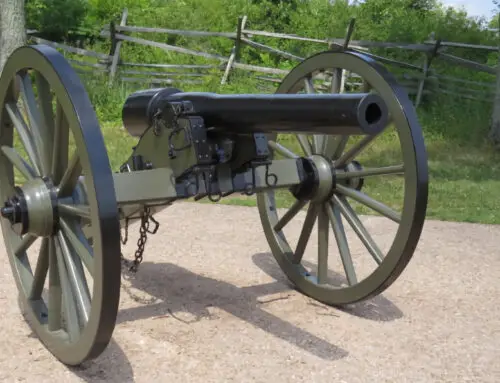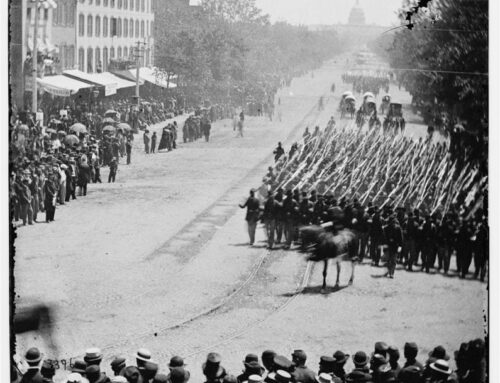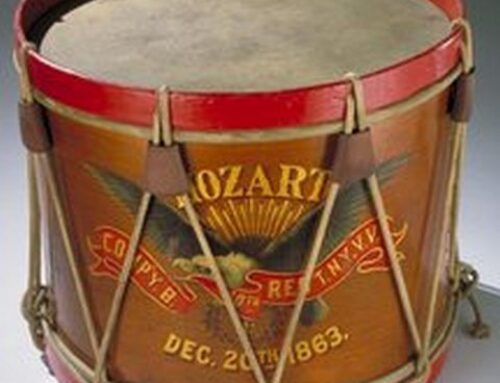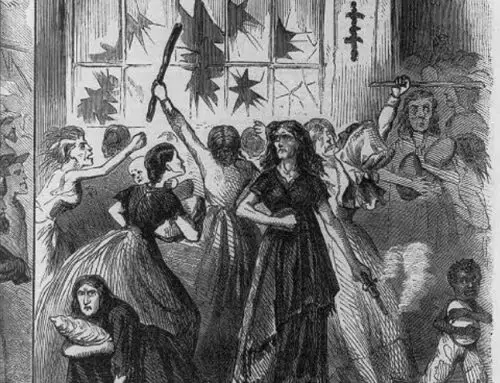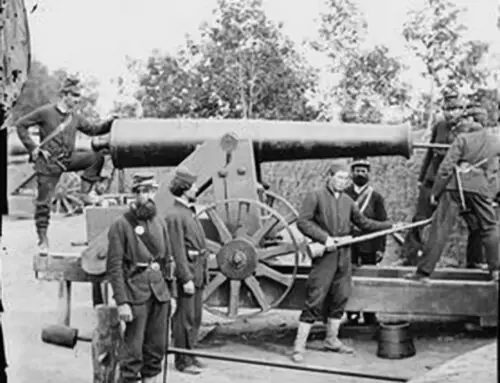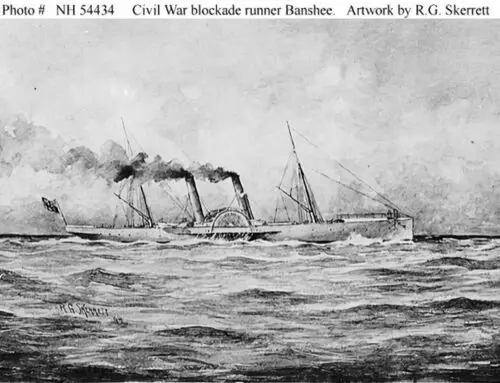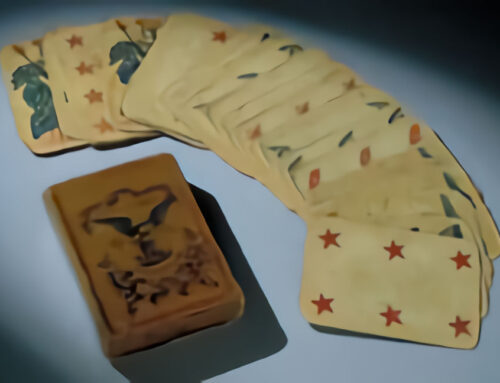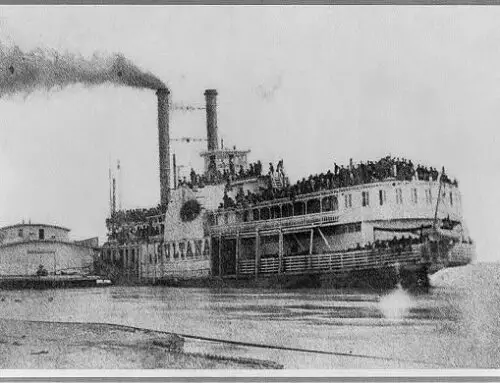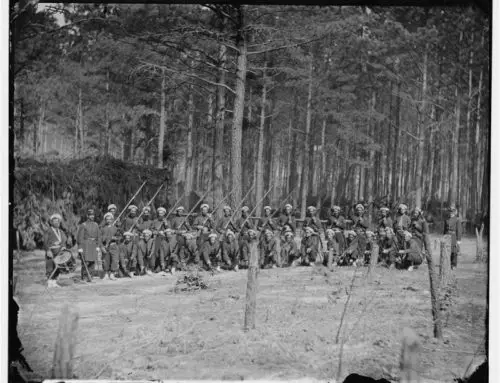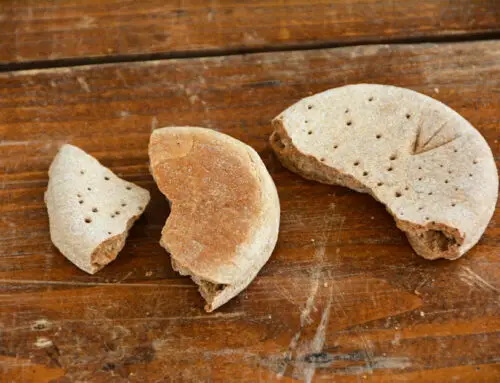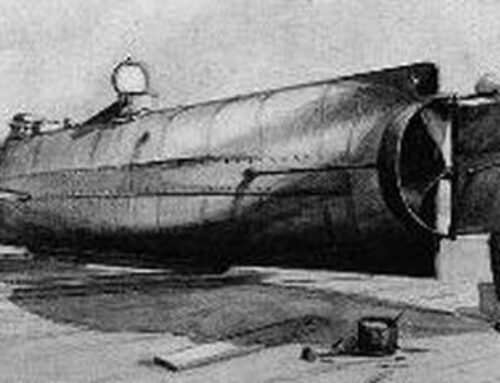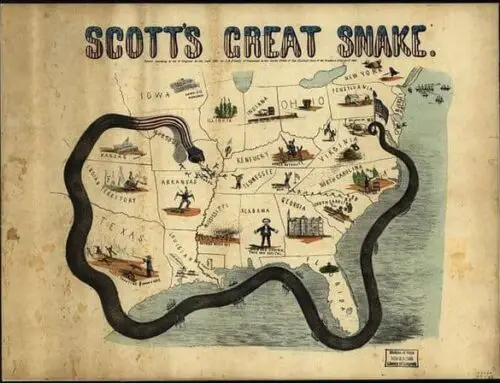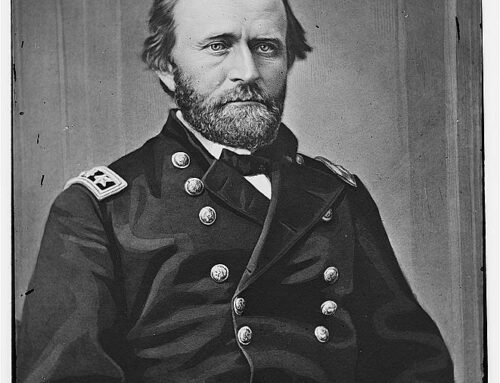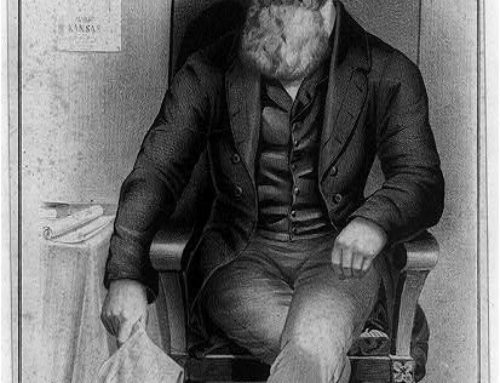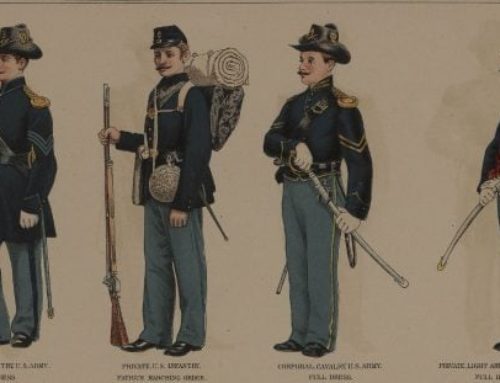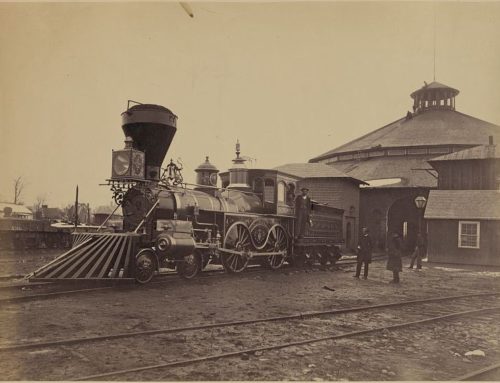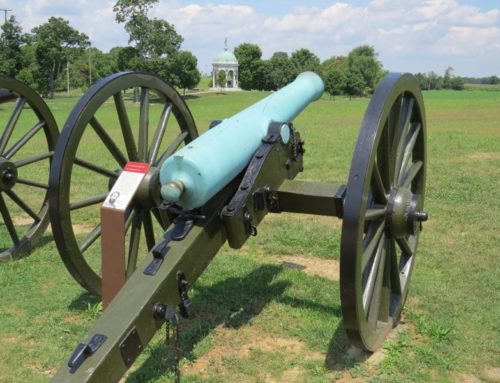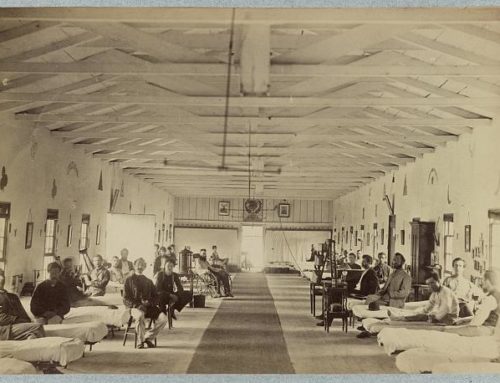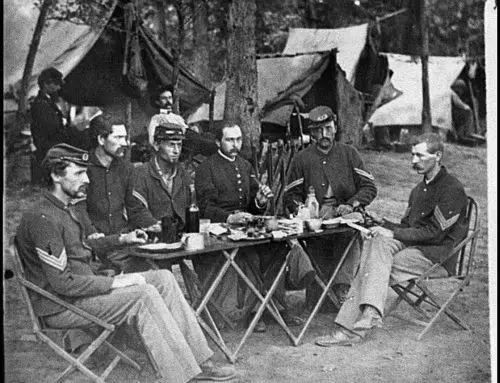Civil War cavalry in the beginning of the war was probably not what most people would think. They didn’t fight much at all in the early days of the conflict.
The primary mission of cavalry units on both sides in the beginning was scouting, patrolling, guarding railroads and supply lines, and providing escorts to high-ranking officers mostly generals.
The common infantryman did not think very highly of the common cavalryman. Soldiers thought the cavalry was an easy life just riding around on horses all day not seeing much combat.
The truth was just the opposite. Being in the cavalry on both sides was a difficult life.
As the war went on the role of the cavalry changed dramatically from what it was during the beginning of the war. Later in the war cavalry units were seeing much more combat and were frequently used in combat roles.
Their primary function later in the war was as mobile fighting forces and advance scouts.
These new tactics led inevitably to cavalry on cavalry clashes. The biggest cavalry battle during the war took place at Brandy Station
The most important thing to every cavalryman was obviously his horse. Keeping his horse in top condition was the ultimate goal over every trooper. If a horse was killed or wounded a replacement would have to be found.
The Union army brought along a herd of horses so finding a replacement for Union cavalrymen was generally pretty easy. For rebel cavalrymen it was a bit more difficult. Southern soldiers brought their own horses so when a horse was lost it was far more difficult to replace them.
If no replacement could be found a cavalryman could often find himself in the infantry. Certainly not where he wanted to be.
So what did Civil War cavalry take into battle with him? The typical Union soldier carried a saber, pistols, and a multi shot breech-loading carbine. The most common carbine the Union troopers carried was the Spencer repeating rifle. This rifle could hold seven rounds of ammunition.
The rebels often said the Yankees could load their carbines on Sunday and shoot it all week long. This one weapon was a great advantage to whoever carried it into battle.
Cavalrymen also carried on his saddle a tent, raincoat, blanket, canteen, and rations, which were stored in the saddlebags.
Now the rebel troopers traveled a bit lighter. They also did not have the quality weapons that the Union troops had. The rebels had short muzzle loading carbines. They did not have breech loaders of their own, they typically had to resort to capturing them in battle, which they often did.
Southern arsenals did attempt to create copies of the breech loading carbines that the Union army used but they could never get it right, so the attempts failed. They also could not produce the casings for the ammunition properly. Confederate arsenals were just not up to the task.
The southern troops also preferred not to use sabers and instead opted for extra pistols for close fighting.
In the end the Confederate Civil War cavalry was out gunned, overwhelmed and ran out of horses. All this plus the fact that their greatest commander Jeb Stuart was killed at the battle of Yellow Tavern in 1864 led to the downfall of the once mighty rebel cavalry.


